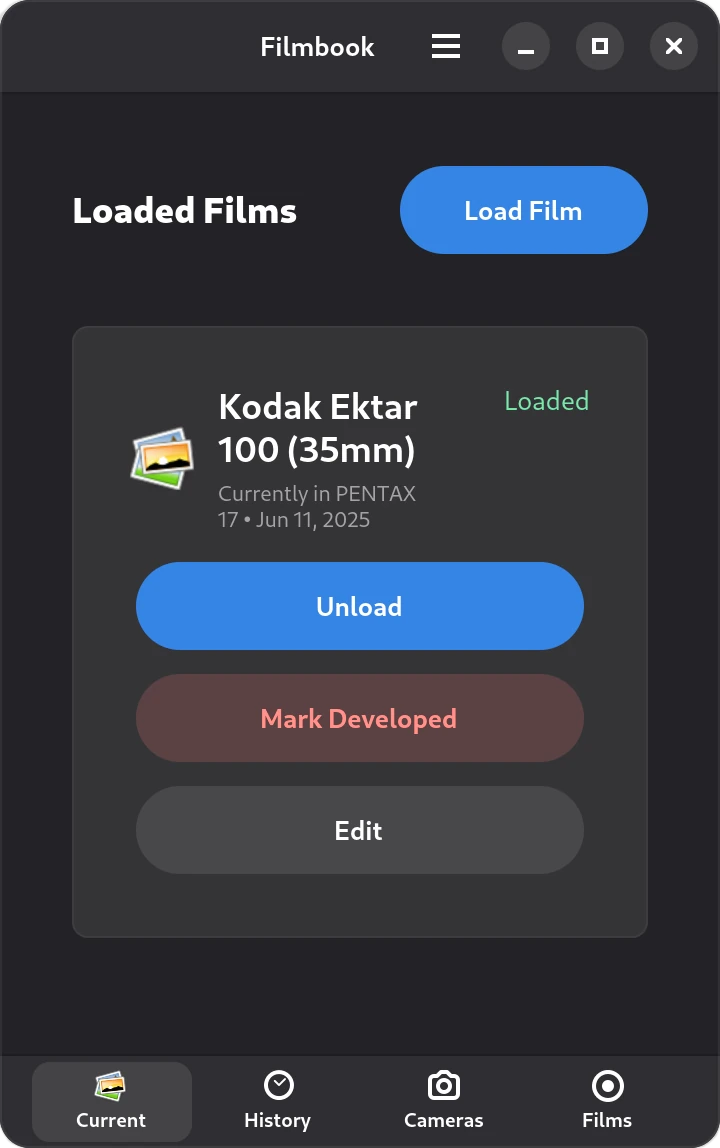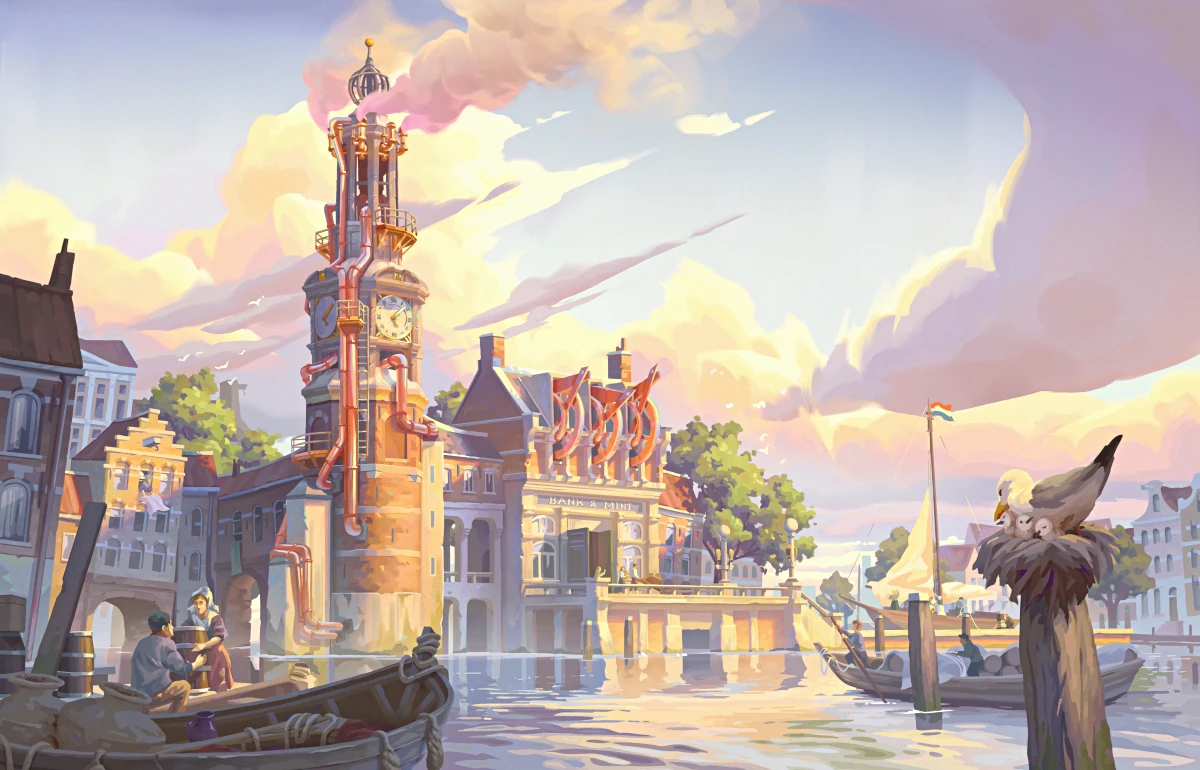Week highlights: new release of RawTherapee, new features in GIMP, and new apps for screenshot annotation and film photography.
The X11Libre drama
It’s hard to avoid this topic. In a nutshell:
- Enrico Weigelt started contributing to xserver (X11/X.org) around January 2024. He has over 800 commits to his name to date.
- He didn’t test at least some of his patches, which broke things on multiple occasions.
- At least one maintainer (employed by Red Hat) complained that his patches added little value, yet the sheer number of them blocked the review of patches by other contributors.
- Some contributors, such as Jasper St. Pierre of Valve, complained that Enrico’s patches broke ABI compatibility way too often.
- Many of Enrico’s patches stayed unapplied, which he complained about, too.
- Enrico also complained that his fixes are not being released (there were actually five xserver releases in 2024 and one in 2025).
- Enrico spent some time publicly badmouthing Red Hat / IBM online (in this comments section, for instance), claiming that the company was sabotaging X11 development.
- He ended up forking X11, renaming it to X11Libre, and hosting his fork on freedesktop’s infrastructure (now on GitHub).
- The FreeDesktop CoC committee reportedly discussed this and—which is an established fact—banned Enrico from the platform and deleted the fork repository, which automatically deleted all unapplied merge requests (because Gitlab).
- The person (employed by Red Hat) who pushed the red button posted on Mastodon what some people think was schadenfreude (unlikely).
If all this complaining is not quite sufficient, the story was reported by Bryan Landuke in his usual narrative-twisting style to add extra drama and skip some important details.
I have little interest in discussing the whole X11 vs Wayland topic. I’m neither against nor in favor of either. Overall, I’d happily switch to Wayland since that’s where GNOME is heading. The only reason I’m still an X11 user is that Ardour works less reliably on XWayland for me, and chances of Paul and Robin porting YTK (their vendored version of GTK2) to Wayland any time soon seem extremely slim, same as a port of Ardour to GTK3/GTK4 (however little of that they would use).
I also don’t buy the entire “passionate developer vs big evil dishonest corporation” narrative. I’ve read enough discussions in the issue tracker and merge requests to form my own opinion. Everybody had a problem with his changes: both Red Hat, Oracle, Valve, and NVIDIA peeps. His contribution style and approach to testing his patches didn’t change at all despte multiple confrontations.
What I find more interesting to discuss is that the decision-making is not transparent in many FOSS organizations. It’s hard for me to name a project that has a code of conduct and a public record on any voting to apply its policy.
In this particular instance, we don’t know who posted a complaint to the CoC, who actually participated in the conversation, what CoC rule was deemed broken, and why the committee decided to ban instead of issuing an official warning. As a matter of fact, it’s possible that they did issue a warning, but there’s just no way to tell.
This is not a unique issue. But it’s the kind of growing pains in the community that are educational to watch.
All in all, I think there’s a multitude of lessons to learn from this controversy. For example, if you have a difficult contributor who disrupts the project’s operation and you know he won’t shut up about the ban, maybe try being extra open about the process of ejecting him. Or if a big bad corpo is out to get ya, maybe don’t try to host your fork on the infrastructure they can kick you out of.
GIMP
Okay, this was an eventful week for the project:
- Advance Software implemented JPEG2000 exporting.
- The Lock Content command is now undoable (CmykStudent).
- GIMP can now optionally follow the light/dark theme system switch on systems where thi is supported (Niels De Graef, Hari Rana, Jehan Pages, Isopod).
- Some transformations can once again add the alpha channel automatically (CmykStudent).
- GIMP can now load JIF (Jeff’s Image Format) images which are a variation of the GIF format that compresses indexed images using zlib rather than LZW (CmykStudent).
- When reading and writing OpenRaster files, GIMP now supports two official specification extensions: storing if layers are pixel-locked and if they are selected (CmykSudent). Both extensions are supported by Krita and MyPaint.
- The CMYK color selector now displays total ink coverage (CmykStudent, unsurprisingly).
Gradia 1.4
This is a brand-new application to annotate screenshots. Functionally, it’s a lot like Annotator, but with a slightly different approach to UI.

The application lacks some important features, such as cropping and a delay for screenshots, but the developer is quite responsive in the issue tracker, in my experience. Definitely check it out. Officially, it’s only distributed as a flatpak build, but I just built it from git (it’s all in Python, anyway).
RawTherapee 5.12
This is a major update bringing some neat changes, including these:
- Dehaze option added to The Raw Black Points.
- De-fish option in Distortion Correction to convert fisheye images into rectilinear images.
- New Gamut Compression tool to apply ACES Reference Gamut Compression operator.
- The Resize tool can now add a single-color border around the image.
- New global tone mapper in Shadows/Highlights & Tone Equalizer tools.
See here for the full list of changes.
Filmbook
This is a brand-new application to help film camera users keep track of their rolls. The interface seems to be heavily geared towards phones despite being written in GTK4 (there isn’t an abundance of platforms you can run this on at the moment, it’s pretty much just Phosh).

Björn Adelberg was kind enough to provide some background about this project.
At the moment, the application is still very much geared to my needs. I have several cameras and not all of them have the option of inserting part of the film carton at the back. That’s why I wanted to remember which film is in which camera. It is also sometimes good to remember which films have not yet been developed. I would then take a film of the same type and load it again.
Once this is exposed, I have two films of the same type and can develop them in one developer box. It should also be possible to remember which films you have in the fridge and which cameras are in the cupboard. How much you expand this is another question.
One feature that is not yet integrated is the ability to create image entries for an inserted film. There you could enter the exposure time and which lens you used. Perhaps also a quick little sketch of the image. However, I think that having to document every image there is too time-consuming and not relevant in practice. But maybe I’m wrong.
The source code is over at Codeberg. There haven’t been any releases of this application yet. However, the developer publicly asked film photography aficionados for feedback. So there, consider this a broadcast of that request.
Flowblade 2.22
There are a few interesting changes in this new release of Flowblade, an MLT-based video editor:
- 32 new options for easing in keyframes.
- GUI editors for Alpha Shape, Crop, and Gradient Tint effects.
- Text labels for tracks displayed in track headers.
- Various minor UI improvements.
See here for the full changelog.
Artworks
Power Beacon by Marat Zakirov, made with Blender:
![]()
Amsterdamsche Munt by Laura Kempff, made with Blender and Photoshop:

Patreon subscribers get early access to my posts. If you are feeling generous, you can also make a one-time donation on BuyMeACoffee.
